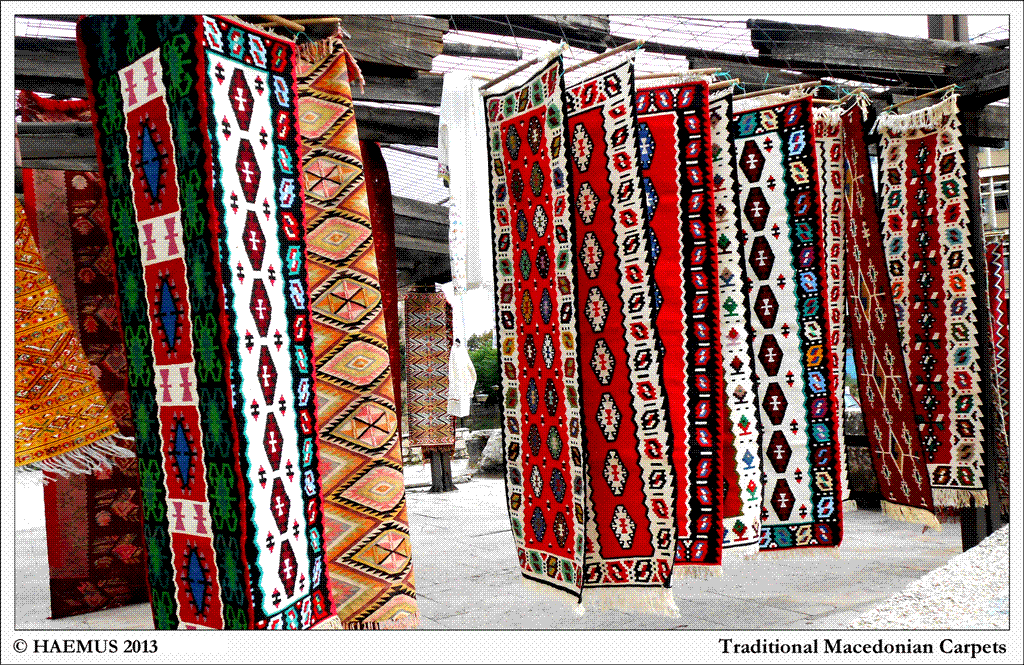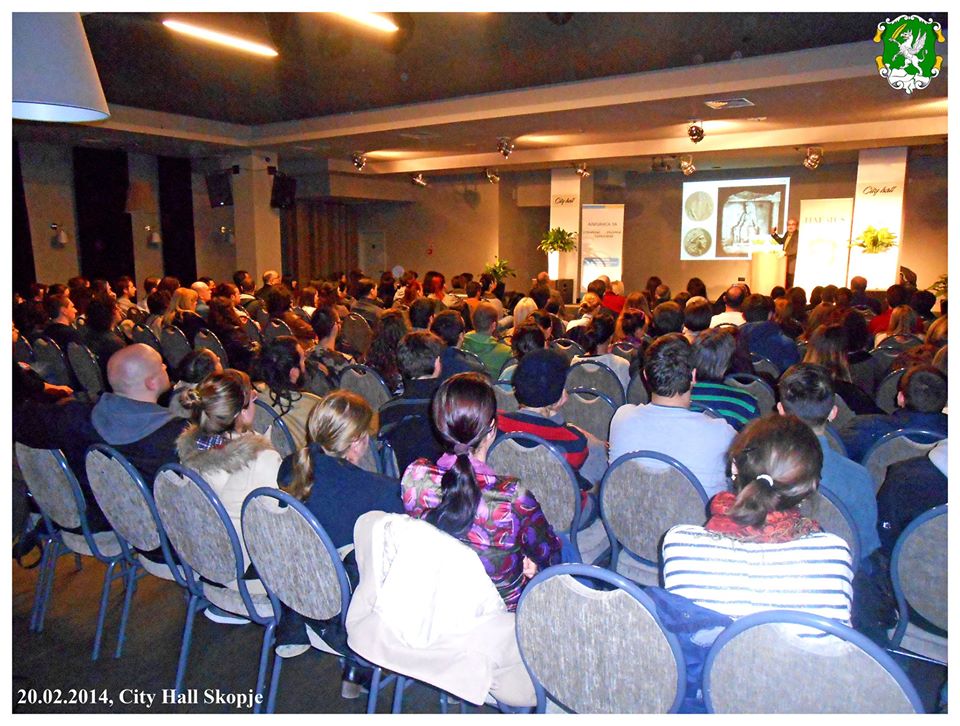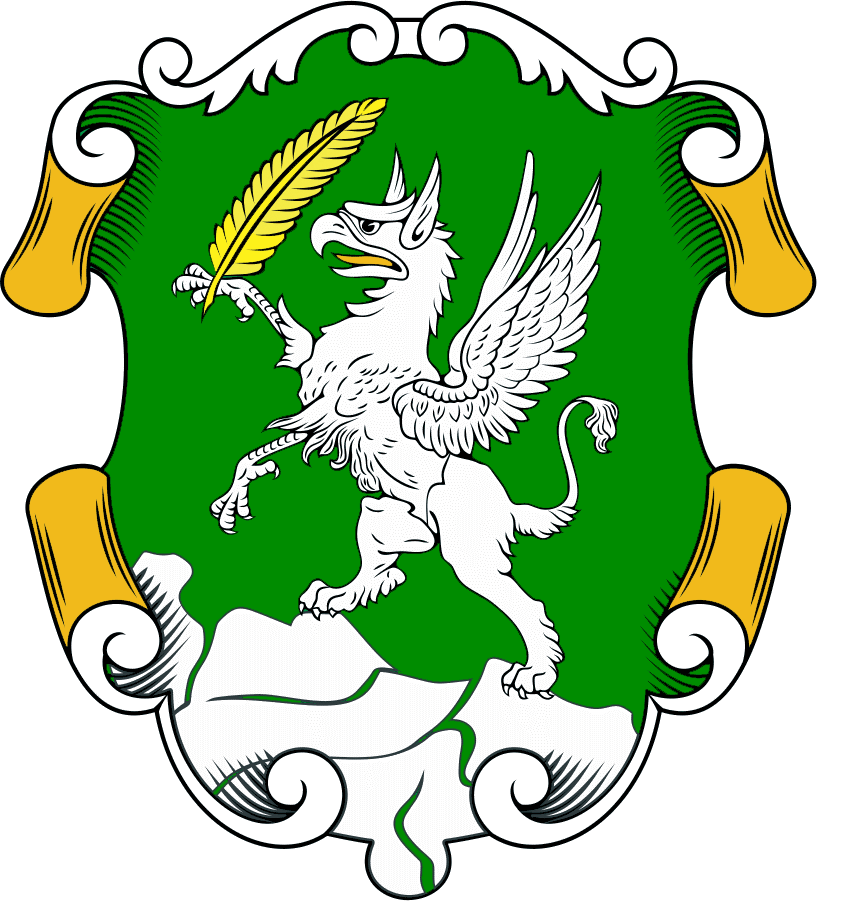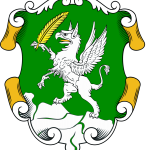UNESCO club HAEMUS was established at the end of 2012 with the special permission from the National Commission for UNESCO of the Republic of Macedonia which operates within the Ministry of culture of the Republic of Macedonia.


Aims and Roles of UNESCO Club HAEMUS
The main objective of UNESCO is “to contribute to peace and security in the world by promoting collaboration among nations through Education, Science, Culture and Communication in order to further universal respect for justice, for the rule of law and for the human rights and fundamental freedoms which are affirmed for the peoples of the world, without distinction of race, sex, language or religion (…)”.
(UNESCO Constitution, Article I)
So, why a Club within HAEMUS?

The UNESCO Club HAEMUS was born of individual initiative: as an answer to a widespread feeling among their members of the need to participate more actively in international life, in harmony with UNESCO’s approach and within its fields of competence. Our activities are directed towards the ideals set forth in the Preamble to the UNESCO Constitution.
We can summarize the aims of UNESCO Club HAEMUS as follows:
■ To promote understanding of the aims and ideals of UNESCO and work for the success of their implementation;
■ To support and implement the UNESCO’s declaration of Open Educational Resources
■ To participate in campaigns for literacy, environmental protection, and preservation of the cultural heritage.

■ To collect and preserve traditional cultures, including oral traditions
■ Organizing lectures, seminars, workshops and conferences on cultural heritage
■ Organizing exhibitions, artistic troupes, dramatic groups and orchestras, as well as essay-writing, poetry, photography, drawing, and other similar activities
■ Organizing cultural and educational trips to historical and natural heritage sites.


